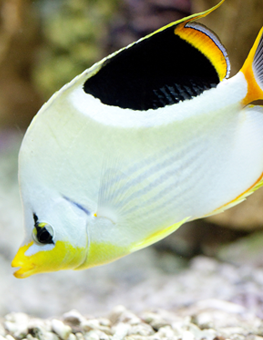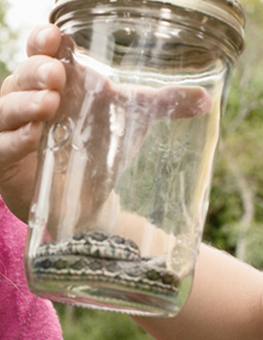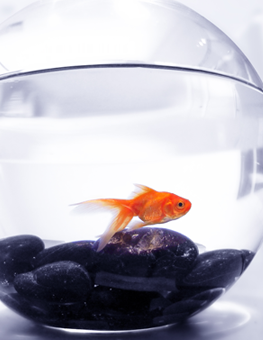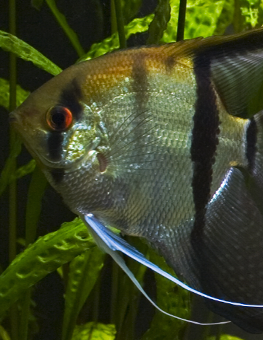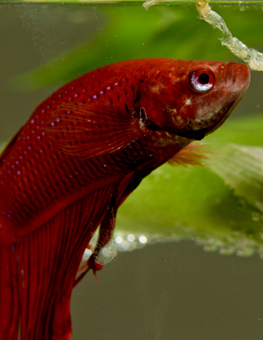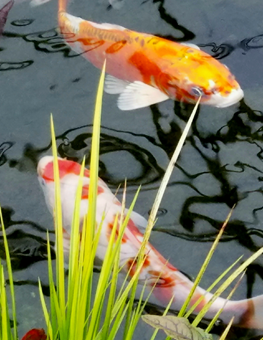How to Condition Your Fish’s Water
Water quality has a large impact on your fish’s health. Understand how to condition it to keep your fish healthy.
Successful fish keeping requires some basic knowledge about water conditions and their impact on your fish. You don’t need to be a science guru to maintain an aquarium but you do need to understand a few water basics in order to properly establish and set the water conditions so your fish stay healthy.
Municipal Tap Water
If you get your water from a local water utility, chances are that it is treated with chlorine and/or ammonia. Both of these chemicals need to be removed before you can use the water for your tank. Chlorine will dissipate on its own if the water is left standing for 24 hours; however, to counteract this, some water companies also add ammonia which forms a compound called Chloramines. In addition, some companies regularly adjust the pH of the water. For these reasons, it’s always a good idea to check with your water company for information on the quality and pH of the water. All water companies are required by law to provide water quality information to the Environmental Protection Agency, and you can also request a copy of this information for your records.
Once you have the pH information in hand, strongly consider using a water conditioning product to treat your water. Certain products like Wardley 3 in 1 Water Conditioner or Safe2O will adjust the pH of the water as well as remove the toxic chemical compounds. Check to be sure you are using the correct product for your water and your fish.
Well Water
If your source is well water, you need to be aware of potentially harmful chemicals and pollutants that can impact water quality:
- Well water lacks chlorine and thus chloramines, but is usually high in minerals and may contain dissolved nitrates if you live in an agricultural area. Nitrates act as fertilizer and are a by- product of the natural nitrogen cycle in your tank. Levels above 1000ppm start to become toxic to your fish so you will need to know the level you have and treat it appropriately. Levels above 20ppm can promote algae growth and your tank should have nitrate levels below 50ppm. The only accurate way to do this testing is with a pool or pond water testing kit. Nitrate removal is easily handled by installation of a reverse osmosis filter on your water line.
- Well water is often saturated with CO2 gas as well. CO2 will lower the pH of your water but will dissipate naturally within a few hours. Check your aquarium pH over a period of several hours to make sure you do not react to a low pH that will self correct given a little time.
- Lastly, shallow wells may be contaminated, often by nearby septic systems. If you have any concerns about your water quality, have a sample professionally analyzed.
Keep in mind that crystal clear tap water isn’t necessarily safe for your fish. Regardless of your water source, you’ll need to adjust it accordingly for your aquarium if you hope to raise healthy, beautiful fish.




